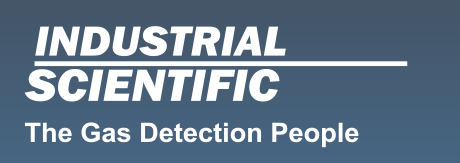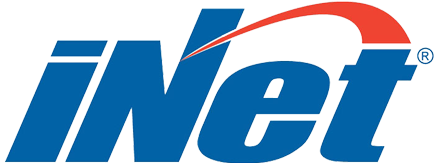iTrans2
Remote Diagnostics, Set-up or Calibration
The iTrans 2 fixed gas detector employs an intelligent electronics platform to provide one or two points of detection from a single head for maximum flexibility, superior performance and lower installation costs. With the optional HART Communication Protocol, the iTrans 2 offers remote diagnostics, set-up or calibration by superimposing a high-frequency current across the industry standard 4-20mA analog line.
Smart Infrared Gas Sensor Technology and Safety Features
Able to detect any combination of gases for a specific environment, iTrans 2 utilizes our industry-proven “smart” infrared gas sensor technology and safety features including automatic sensor recognition, access code security, and zero and cal fault protection – all enclosed within an explosion-proof aluminum or stainless steel housing. The microprocessor-controlled transmitters are capable of independent operation or multi-point system configuration. The infrared sensor provides explosive gas detection (methane, butane, propane, ethylene, hexane, etc.) in more severe environmental conditions, where the presence of poisons could harm the use of a catalytic cell. In addition to the LEL sensor range, the iTrans 2 detector can also be configured with a 0-100% volume methane infrared sensor for bio-gas applications and CO2 infrared sensors ranging from 0.5% volume to 100% volume.
Stand-Alone Operation
With optional on-board relays, this fixed gas detector has the added ability of stand-alone operation, activating alarms, horns, or fans and can also shut down a system without the need to wire back to a central control panel.
iTrans2 Technical Specifications
|
Enclosures:
|
Cast aluminum, poly-bonded coating or 316 stainless steel. Both are explosion-proof, NEMA 7X, IP66 rated
|
|
Sensors:
|
Combustible Gases: Catalytic, Infrared Catalytic Toxic / Oxygen: Electrochemical, Infrared (CO2)
|
|
Measuring Ranges:
|
Combustible gases: 0-100% LEL in 1% increments
Oxygen: 0-30% by volume in 0.1% increments
ppm in 1 ppm increments:
Ammonia: 0-200
Hydrogen Sulfide: 0-500
Carbon Monoxide: 0-999
Nitric Oxide: 0-999
Hydrogen: 0-999
by Volume in 1% increments:
Methane (by Vol): 0-100%
Carbon Dioxide: 0-100%
ppm in 0.1 ppm increments:
Sulfur Dioxide: 0.2-99.9
Hydrogen Cyanide: 0.2-30
Hydrogen Chloride: 0.2-30
Nitrogen Dioxide: 0.2-99.9
Chlorine: 0.2-99.9
ppm in 0.01 ppm increments:
Phosphine: 0-1
Chlorine Dioxide: 0.02-1
|
|
Input Current (Max):
|
Toxic Gas / Oxygen: 150 mA at 24 VDC (single gas)
Combustible gases (Catalytic):
175 mA at 24 VDC, 0.6 A peak (single gas)
Combustible gases (Infrared):
150 mA at 24 VDC, 0.6 A peak (single gas)
Combined catalytic/infrared:
280 mA at 24 VDC (two gas)
|
|
Input Voltage:
|
12-28 VDC operating range (24 VDC typical)
|
|
Display:
|
Dual-channel split-screen LED display(4 digit,7-segment arrangement per channel) provides simultaneous display of one or two gases.
|
|
Signal Output:
|
4-20 mA, linear (analog) and ModBus RTU (digital)
RS485 digital communication with ModBus RTU software protocol system at 9600 baud. Three or four wire system capable of accommodating over 200 devices in bus configuration. Address selection through on-board 8-position dipswitch.
Optional: HART Protocol
|
|
Alarm Relays:
|
3 alarm relays: Two user-programmable relays, SPST, N.O.; plus one fault relay, SPST, N.C.
|
|
Contact Capacity:
|
5 Amps at 30 VDC
|
|
Temperature Range:
|
-40°C to +75°C (-40°F to +167°F), typical
|
|
Humidity Range:
|
10-90% RH (non-condensing), typical
|
|
Approvals:
(Sensor-specific)
|
Consult factory for current approval status
NRTL/c and CSA – Class I, Div. 1, 2, Groups B, C, D; AEx d IIB + H2
ATEX – Ex d IIB + H2 T5 (sensor-specific)
IEC – Ex d IIB + H2 T5 (sensor-specific)
China – GB 3836. 1-Ex d IIC T4; LEL version
GB15322-94 Fire protection
|
|





